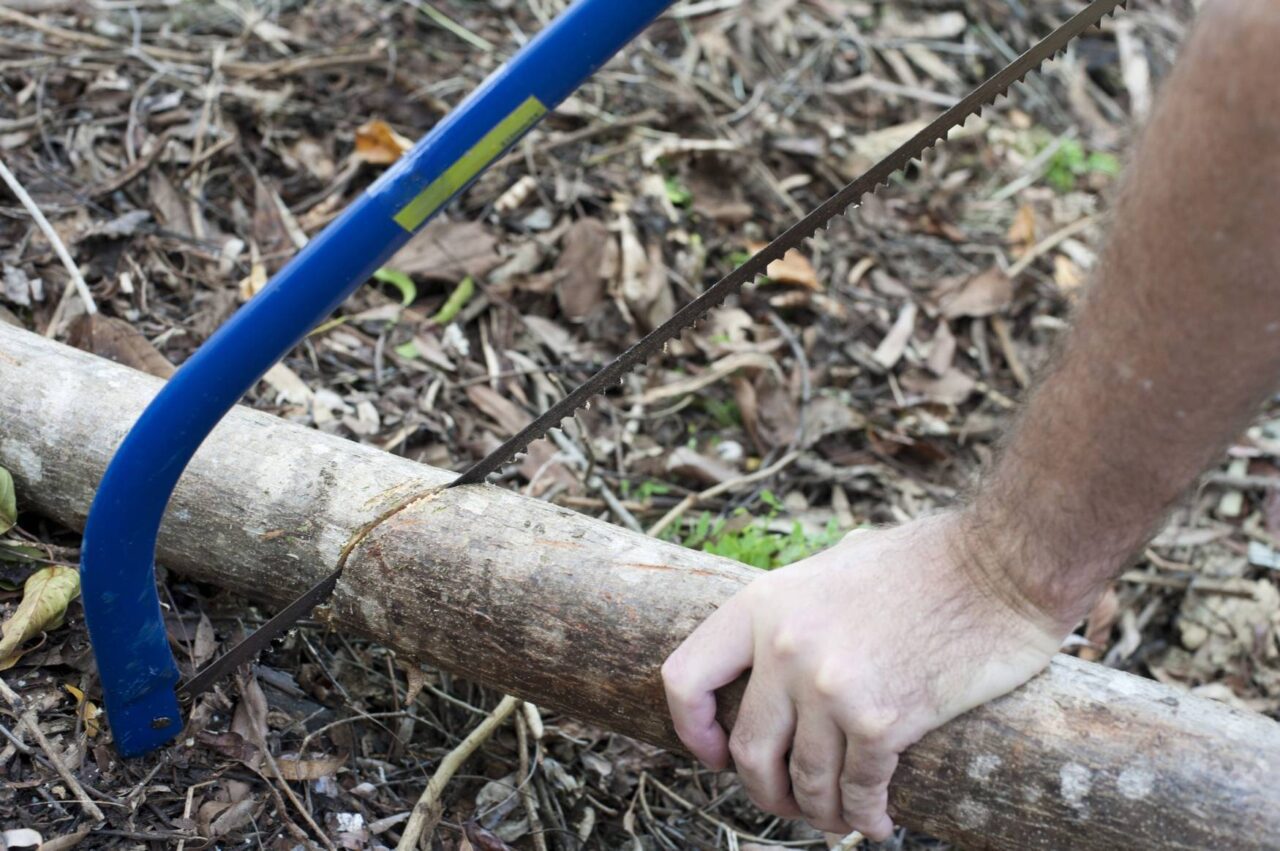Felling Insurance

18/11/2020
Team Edison Ives
Safety Matters
As you know tree felling is a dangerous line of work. More timber harvesters are injured or killed during felling than any other forestry activity.
While felling trees will always pose a certain hazard, it is up to you to reduce the risks of felling by taking safety into your own hands. A little advanced planning can go a long way in keeping you and your co-workers safe.
There are a variety of factors that must be accounted for before a single cut is made.
Potential Hazards
Throwback: As the tree falls through other trees or lands on objects, those objects or branches may get thrown back towards the forester. If possible, avoid felling into other trees or onto objects. Don’t turn your back on the tree as it falls, and look up as you escape along the retreat path.
Terrain: If the tree falls onto stumps, rocks, or uneven ground, a hazard may be created. If possible, move the obstacle, or change the felling direction.
Lodged Tree: A tree that has not fallen completely to the ground because it is lodged or leaning against another tree. Do not work in the presence of lodged trees. Push or pull them down by with a machine.
Widowmaker: Broken-off limbs that are hanging freely in the tree to be felled or in the trees close by. Knock them down or pull them down with a machine. Avoid working underneath them.
Spring Pole: A tree, segment of a tree, limb, or sapling which is under stress or tension due to the pressure or weight of another tree or object. Use a machine or chainsaw to release the tension before moving the restraining weight.
Extreme Weather: Strong wind can reduce control of fall direction. Do not fell trees during high winds.
Entanglement: Vines or limbs of other trees intertwined with the limbs of the tree to be felled. Undo the entanglement if possible. Or Use a machine to fell the tree.
Make sure you are protected
Whilst mitigating the risk always is the best possible, the right tree felling insurance should be in place to protect your colleagues, the public and your business. It is important that you are on the right policy and not shoehorned onto an unsuitable package.
The right tree felling insurance
So, what should the right policy look like?
A clear business description that states your trade
Clear height limits are stated. These need to cover you up to the height you will work to. Often standard policies only cover up to 10m which is not enough for most tree fellers.
Cover for Public Liability at a minimum of £2,000,000
Cover for Employers Liability at £10,000,000
Legal expenses included
Here to help
For more information on how to protect your business and to purchase tree felling insurance, contact Edison Ives Insurance Solutions. Edison Ives are proud members of the British Insurance Brokers Association.
Like this:
Loading…
Related







